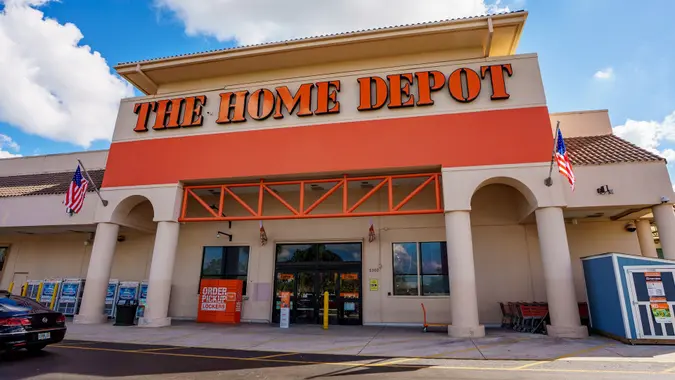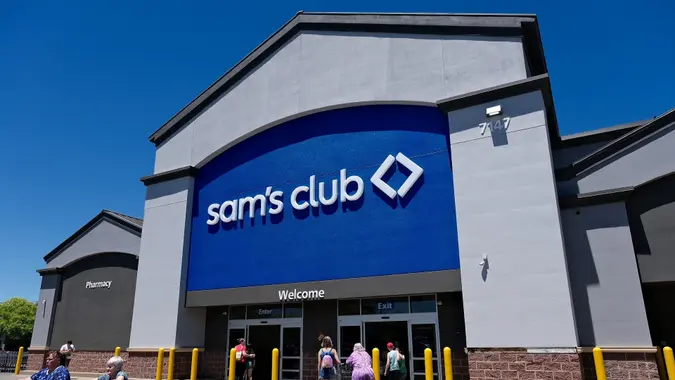Understanding Actual Cost and Residual Value
Commitment to Our Readers
GOBankingRates' editorial team is committed to bringing you unbiased reviews and information. We use data-driven methodologies to evaluate financial products and services - our reviews and ratings are not influenced by advertisers. You can read more about our editorial guidelines and our products and services review methodology.

20 Years
Helping You Live Richer

Reviewed
by Experts

Trusted by
Millions of Readers
Although leasing might sound extremely good upfront, it’s important for consumers who want to take advantage of leasing to understand the actual cost of the arrangement versus the residual value of the transaction. As most people know, the minute you drive a car off the dealer’s lot, the vehicle will depreciate in value. When you opt to lease, you are choosing to pay for the difference between the value of the brand new vehicle versus the amount the dealer predicts it will be worth when you bring it back at the end of the lease; this is called the residual value. That residual value typically ranges between 50 – 58% for a 36-month lease.
When you lease a vehicle, the company providing you with the arrangement bears the risk for the future value of the vehicle. It is impossible to predict that value three years out as many factors including gas prices, new technology, demand for the vehicle and the economy at large can affect the residual value of the vehicle. Those factors are taken into consideration and what actually determines the residual value on a lease is the depreciation you will pay over the lease term.
So before you decide to lease your next vehicle, be sure to take a moment to calculate the actual cost and residual value of the automobile to determine if it is indeed the best choice for you.
 Written by
Written by 

























